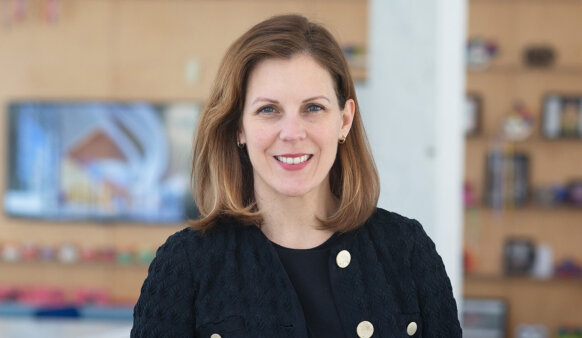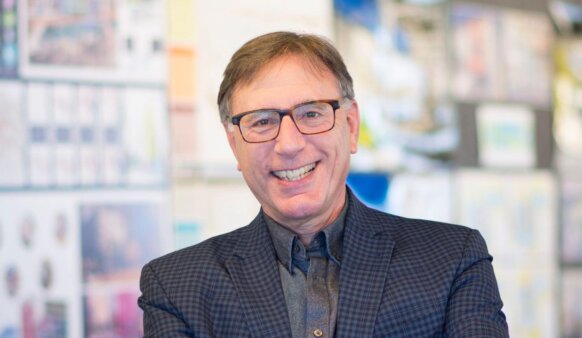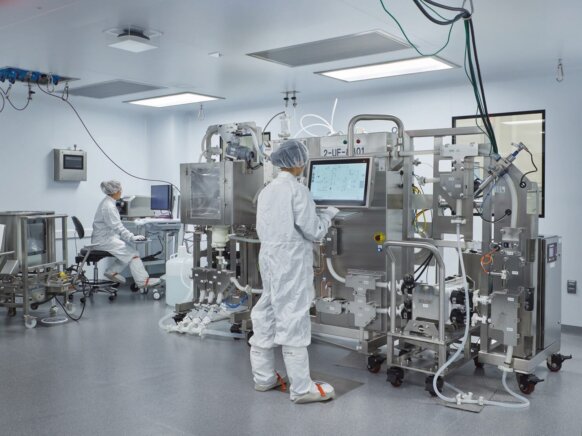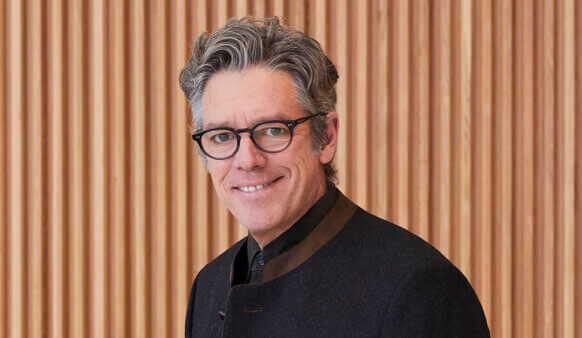This year’s Convergence symposium discussed the diverse nature of innovation that is happening in the Toronto region, as well as back in the states. Our speakers examined the drivers of industry behind what they are seeing, and how they are moving forward in their particular areas of expertise ranging from technology, to academia, to healthcare, and beyond. The symposium’s seven speakers had the opportunity to share their individual and authentic perspectives on this year’s theme, “Building an Innovation Ecosystem,” and to exchange their views in a valuable group panel conversation at the end.
Highlighted below are a few of the main thoughts and outcomes from the day’s engaging discussions.
Thursday, April 11th kicked off with Siri Agrell, Managing Director of OneEleven Toronto, which is an innovation hub that supports quickly scaling technology companies, and is helping to build a sustainable, impactful, and diverse innovation ecosystem in the Toronto region. She took a lens to what has happened within the city economically, politically, and otherwise to shed light on the true value of a successful tech ecosystem. She discussed both the good and bad connotations that come with growing at such a pace that is unsustainable i.e. San Francisco and Silicon Valley, and why she’s pushing to build things differently in Canada.
Matti Siemiatycki, Interim Director at The University of Toronto School of Cities, was up next. He spoke about the trend in mixed-use buildings, and the collaborative efforts that are available to tenants within, where both students, faculty, and industry can thrive and make the most of co-location. He has studied both private and public mixes over the years, defining creative land use mixes as “good urban planning,” though he didn’t ignore the fact that many still remain who haven’t warmed up to the idea of mixing just yet. The importance of good design for him was creating spaces that turn this indifference and conflict into synergy, with users who interact with one another in a beneficial way.
Health science clusters also play a burgeoning role in the Toronto area with nearly 70 global pharma and medical device companies located there. Ella Korets Smith is the CEO of TOHealth, and she presented her thoughts on how to increase cohesiveness and the global profile of a health cluster, along with marketing perspectives toward achieving better research and innovation outcomes. Ultimately, people were the main driver of this deemed success. Through social networks and increased mobility, diverse people skills and experience, along with a hub of activity, Toronto has been a prosperous example boasting Johnson & Johnson J-Labs, Vector Institute for AI, and the MaRS Discovery District, all companies that Perkins&Will has designed spaces for.
Next was Dr. Kathleen Matt, Dean of Health Sciences at the University of Delaware. She spoke about the STAR (Science, Technology & Advanced Research) park that was built on a forgotten Chrysler Automotive Assembly Plant near campus. Increased community impact, student engagement, and translational research efforts have proven that their version of the next generation classroom is a total success, and it is not a classroom at all, at least in the traditional sense. By fostering spontaneous ideas and innovation that allow students and faculty to learn and work in a hands-on environment, this transformation has equated to a theory she referred to as the butterfly effect, where the smallest change or interaction in one location can prompt dramatic change in another. The building is even designed to resemble that of a butterfly, emerging from its base.
Dr. Darren Lawless, the Dean of Research and Innovation for Humber College, came to discuss their Centre for Technology Innovation, another impactful Canadian Perkins&Will project. He talked about the challenges of today’s graduates coming out of school with little to no hands-on experience in an increasingly technology driven world. The goal of the CTI is to change how education is delivered to STEM students, and to begin molding the way that industry and community partners work with post-secondary institutions, so that opportunities and partnerships are realized before students even graduate. The benefit is two-fold, for students to come out of higher education institutions with real-world skills and collaborative problem solving abilities that companies need talent for, and also to expose the students and educators to what the economy and industry needs are, allowing them to prepare and train ahead of time. Lyall Watson, an industry partner from SEW-Eurodrive, spoke highly of this ecosystem approach, with the direct benefits their company has observed since aligning the partnership.
Perkins&Will’s own Andrew Frontini brought a fresh internal perspective on designing innovation ecosystems, and what their local team has learned and created with the Ryerson University Daphne Cockwell Health Sciences Complex, Engineering Buildings 5 & 7 at the University of Waterloo, and the University of Ottawa STEM complex. He walked through the project-based discoveries that led to how they were able to design interconnected spaces, which allowed departments to broadcast their research within the building, and how co-location for the schools of nutrition, midwifery, nursing, and research all brought the city into the building, and helped achieve their vision of vertical community. One of the most interesting design features was chosen for the University of Ottawa STEM complex; the design process for creating optimization of façade glazing apertures to respond to solar heat gain, privacy requirements, and views.
Dr. Ginger Grant held an afternoon workshop entitled, “Let’s Play Innovation.” She challenged the group to get out of their comfort zone, and test their appetite for risk taking. This correlated directly to how each person envisioned their proposals and business development practices around tolerance toward existing markets, emerging markets, and new markets. Everyone was tasked with splitting into groups to brainstorm what they felt were positive drivers to innovation, and those that were deemed as setbacks, or obstacles. Ultimately, she wanted to drive home the message that there are no mistakes, only “applied research.” No one is going to be right and win out 100% of the time, but without trying, and without pushing those perceived boundaries, how would you ever know what is possible?
Ending the day on that inspirational note, the speakers joined together for one last session that was a group panel discussion. They each spoke about where they would like to see their industry in the next ten years, about their personal goals and career aspirations, and then wrapped up by taking questions from the audience.
Thank you again to all who attended, and to the Toronto studio and OCAD U for graciously hosting the sessions. See you in 2020!



